What is sound art?
Art can be very quiet... or very LOUD! Watch our video about sound art and learn about sound artists Luigi Russolo, Nam June Paik, Cildo Beireles and John Cage.
When you think about art, you usually think of something you look at. But did you know that you can also listen to art?
Art can be very quiet... or very LOUD! Watch our video about sound art and learn about sound artists Luigi Russolo, Nam June Paik, Cildo Beireles and John Cage.
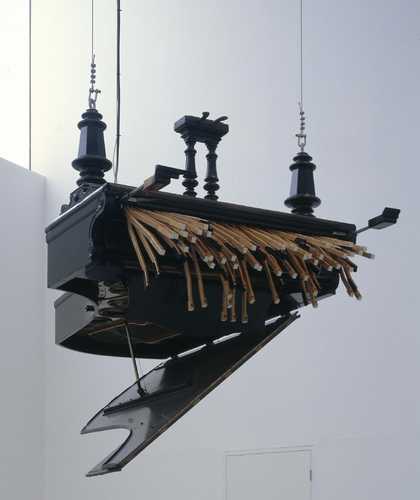
Rebecca Horn
Concert for Anarchy (1990)
Tate
From ordinary everyday noises like humming traffic to sounds made by instruments or human voices (whispering, talking, singing or making other nonsense noises….spphhhhbbbblllzzzppphhh), all sorts of different noises are used in sound art.
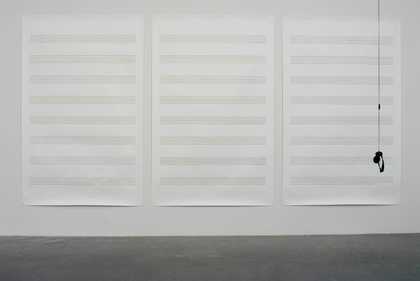
Jorge Macchi
Incidental Music (1997)
Tate
Sound art is sometimes experienced live through a performance, or it can be listened to as a recording through speakers or headphones. And because sounds don’t need to have a special room to keep them safe in (like some other types of art), sound art can be put (and listened to) just about anywhere.
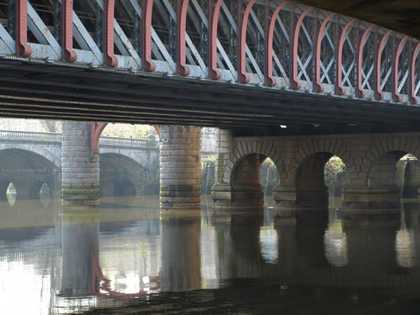
Susan Philipsz Lowlands 2008/2010, Clyde Walkway, Glasgow. © The artist, courtesy Glasgow International Festival of Visual Art. Photo: Eoghan McTigue
Imagine you are walking along by a river, and you hear a voice singing from under the bridge.
The song sounds mysterious like something from a different time. Susan Philipsz recorded herself singing three versions of an old Scottish ballad and played the recordings underneath three bridges in Glasgow. The song is about a sailor who drowns and comes back to say goodbye to a loved one.
This is what she says about sound: ‘Sound is invisible but very…emotive. It can define a space at the same time as it triggers a memory’.
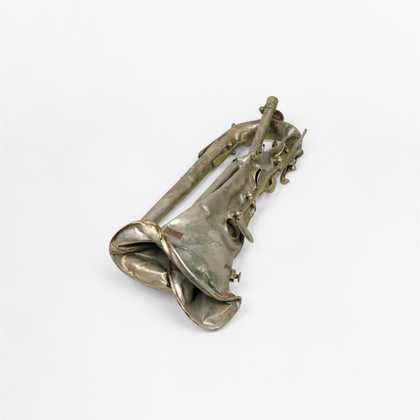
Bild 5, Klappenhorn (ruin), salvaged from the Alte Münz bunker, Berlin, 1945, Collection Musikinstrumenten-Museum Berlin. From Susan Philipsz: War Damaged Musical Instruments
Susan Philipsz usually uses recordings of her own singing voice to make her art, but for her piece War Damaged Instruments 2015 she used sounds made by instruments that have been damaged in wars. Although the instruments play a tune, some of them are so badly damaged no real notes come out – just noises. The sad broken sounds echo the sadness caused by war.
The first sound artist was called Luigi Russolo. He was a futurist artist. Futurists were making art at the beginning of the twentieth century and loved fast and noisy new technology such as cars and machinery. Between 1913 and 1930, Russolo built noise machines inspired by the clatter of factory machinery, and also the boom of guns from the First World War.
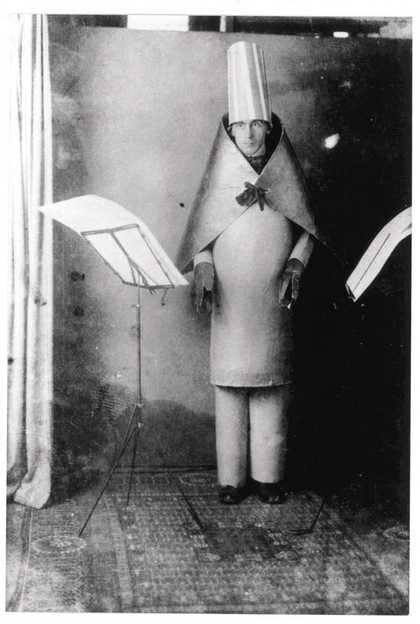
Hugo Ball reciting Karawane in a cubist costume at the Cabaret Voltaire, Zürich 1916
Gelatin silver on paper. Courtesy Fondation Arp
Dada artists also made sound art in the early twentieth century. But rather than celebrating the sounds of modern society and the First World War, their art was against it. They hated the horrors of the war, so they made up nonsense poems and music consisting of just sounds and noises expressing how they felt.
Musician John Cage was inspired by these early sound artists. He composed a famous piece of music in 1952 called 4’33'' which is four minutes and thirty-three seconds of…COMPLETE SILENCE! He was friendly with artists in the Fluxus group, who also experimented with music and sound as art.
Sound art can also be made by machines. Some artists make sculpture or objects that move, (this is called kinetic art), and the sound these sculptures make is part of experiencing the work. What sort of sound do you think the sculpture above makes? (CLICK, BANG, WHIZZ, GRRR…MIAOW)
Since the introduction of digital technology, sound art has changed even more! Artists can now create visual images in response to sounds, and make sound art that the audience controls through pressure pads, sensors and voice activation.
And get this – it’s also now possible to make a sound that goes on for pretty much ever. On 1 January 2000 Longplayer, a sound composition by Jem Finer, started to play. It will continue to play for 1000 years!